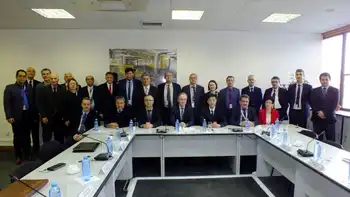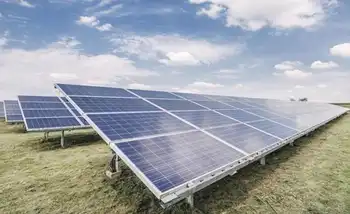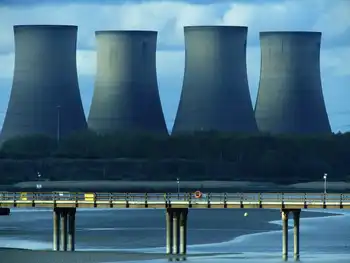GE profit surges 80 per cent
By Reuters
NFPA 70e Training - Arc Flash
Our customized live online or in‑person group training can be delivered to your staff at your location.

- Live Online
- 6 hours Instructor-led
- Group Training Available
The largest U.S. conglomerate was helped by a pickup in demand for railroad locomotives — a weak spot over the past year — as well as higher revenues at its healthcare and energy business. Profit at GE Capital, which was the company's Achilles heel during the financial crisis, more than tripled.
GE also raised its dividend for the third time since July and its shares rose nearly 4 percent to $21.20 in pre-market trading, within sight of their 52-week high of $21.65.
"You have got growth coming out of every segment of GE, which is quite encouraging. Infrastructure orders are up 13 percent," said Daniel Holland, equity analyst at Morningstar in Chicago.
The world's biggest maker of jet engines and electric turbines said earnings attributable to common shareholders came to $3.36 billion, or 31 cents per share, up from $1.87 billion, or 17 cents per share, a year earlier.
Revenue rose 6 percent to $38.45 billion.
Factoring out one-time items, earnings came to 33 cents per share, easily exceeding analysts' average estimate of 28 cents compiled by Thomson Reuters I/B/E/S. Revenue also topped Wall Street's $34.64 billion forecast — which would have represented a decline, rather than a rise.
"This is a superb turnaround," said Howard Wheeldon, senior strategist at BGC Partners in London. "GE is reflecting an improvement in the U.S. economy and indeed more importantly it reflects the improvement of the global economy."
GE joins a wave of U.S. manufacturers who topped Wall Street's expectations. United Technologies Corp, Honeywell International Inc and Eaton Corp reported results that topped analysts' expectations and raised their profit forecasts for the year.
Fairfield, Connecticut-based GE no longer provides Wall Street with per-share profit targets, but told investors in December that it expects sales to rise "strongly" this year on revenue that could range from flat to up 5 percent.
"We remain confident in GE's 2011 framework," Chief Executive Officer Jeff Immelt said in a statement.
GE also raised its quarterly dividend by 1 cent to 15 cents per share, its third increase in the payout since July and its shares rose in the past year.
Immelt said the move "reflects not only our continued strong cash generation and accelerated recovery at GE Capital, but also solid underlying performance in our industrial businesses."
The company, which has raised its dividend by 50 percent since July, aims to pay out 45 percent of its profit in dividends each year. The 15 cent quarterly payout is less than half the level it had been before GE slashed it from 31 cents per share in February 2009.
GE has come out of its defensive crouch over the past 10 months, spending some $14 billion on takeovers and resuming share buybacks in addition to its dividend hikes. The wave of acquisitions — primarily in the energy sector — have raised concern among some investors.
"Energy's hot right now and they're buying, which means they're not getting rock-bottom valuations, just like seven or eight years ago they were buying in healthcare," said Jack De Gan, chief investment officer at Harbor Advisory Corp in Portsmouth, New Hampshire. "Time will tell if they overpaid or not."
GE's drive to refocus on its industrial roots has meant pruning back GE Capital to represent just 30 to 40 percent of earnings — rather than the more than half before the 2008 financial crisis — and selling a majority stake in NBC Universal to Comcast Corp.
The company, which has come under fire over the past month for reports of an unusually low 2010 U.S. tax bill, pointed out that its consolidated first-quarter tax rate was 53 percent as a result of the NBC Universal sale.











